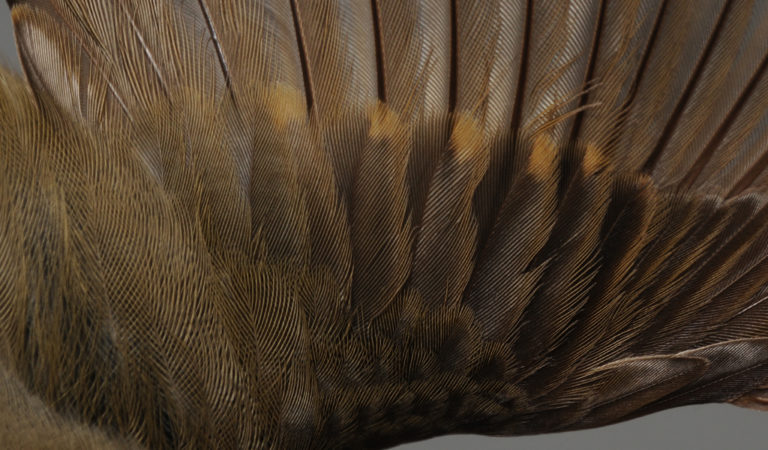

European Robin

2cy March. The outermost GC1-6 are unmoulted juvenile, with a slight rusty hue in the outer vane and rather large buff tip, contrasting to post-juvenile inner GC7-10 which are slightly olive tinged and lacking pale tips. Note that pale tips may also be present in post-juvenile or post-breeding GC, but these are generally smaller, narrower and often have a darker rusty colour than in the juvenile GC. Note also that juvenile GC may lack the pale tips due to wear, often leaving a small worn gap in the feather. [CP42517]
More Erithacus rubecula:
Ringers’ DigiGuide is sponsored by:
Hemsidan producerad i samarbete med
BirdLife Sverige